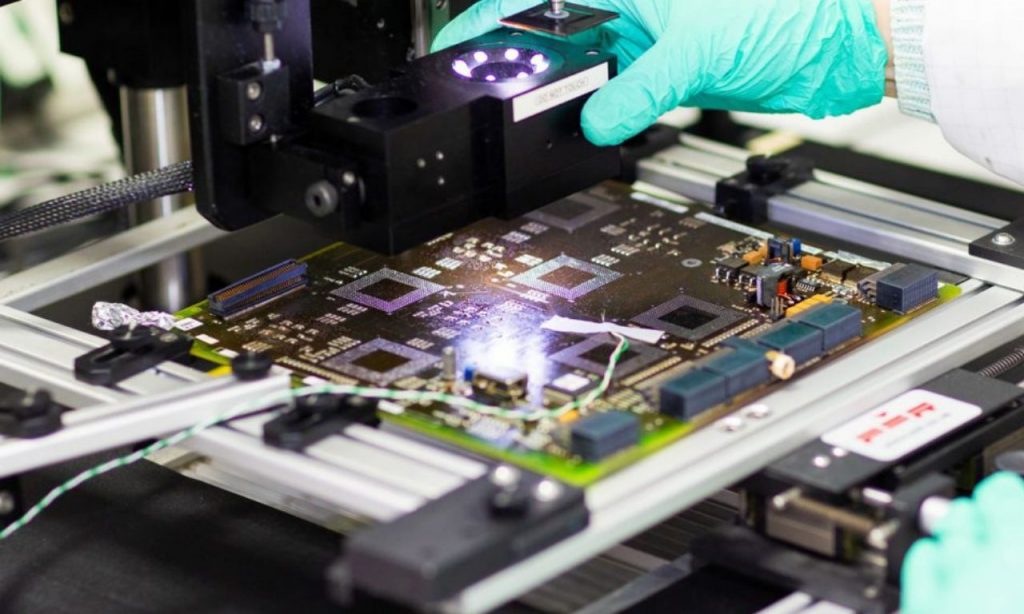Сайт Alcatel 1000 E10 family represents a landmark achievement in the evolution of digital telecommunications. Born from France’s ambition to modernise its telephone infrastructure in the latter half of the 20th century, the E10 series was a product of innovation, strategic vision, and technical excellence. Even today, remnants of this robust system can still be found in operation—a testament to its engineering brilliance and adaptability.
Origins: France’s Push for Digitalisation
The development of the Alcatel 1000 E10 can be traced back to the 1970s, when France, like many industrialised nations, faced the pressing need to overhaul its outdated analog switching systems. The country’s existing infrastructure was increasingly unable to meet the demands of modern communication. In response, the French government initiated a plan to transition to digital switching, culminating in the Plan Commutation Temporelle (Time-Switching Plan).
Out of this strategy emerged two flagship projects: the E10 and the N4, each developed by different entities to address different layers of the telephone network. The E10 was spearheaded by CIT Alcatel, and would go on to become the backbone of France’s public switched telephone network (PSTN) for decades.
The Launch of the E10: A New Era in Switching
In 1980, the first operational version of the Alcatel 1000 E10 was introduced. This system was not just a digital upgrade—it represented a fundamental shift in how telecommunication networks were managed and scaled.
The E10 was a modular, fully digital switching system designed to handle both local and transit switching. It was capable of processing voice, signaling, and even early forms of data. The system architecture was built around time-division multiplexing (TDM), which allowed multiple voice signals to be transmitted over a single digital line—revolutionary at the time.
Architecture and Technical Design
The E10 system was structured into several subsystems:
- ET (Équipement de Terminaux) – terminal equipment responsible for handling the line interfaces.
- CP (Commutation Temporelle) – time-division switching equipment.
- CM (Commutation de Messages) – message switching, including call control and signaling.
- SU (Sous-systèmes de supervision) – supervisory and management systems.
What made the E10 family particularly effective was its distributed processing and redundant architecture. This provided high availability and fault tolerance, which was crucial for national-level telecom networks. The system could scale from a few thousand to hundreds of thousands of subscribers, supporting:
- Up to 100,000 lines
- Thousands of trunk connections
- Support for ISDN (Integrated Services Digital Network)
- Later upgrades for SS7 signaling and number portability
The E10 Variants: Adapting to Global Needs
To accommodate different network requirements and international markets, Alcatel released several variants of the E10:
- E10B: The base version, suitable for urban and regional exchanges.
- E10S: A smaller version for rural and low-density areas.
- E10M: Modular for mixed environments.
- E10N: Network switching for long-distance and transit routing.
- E10AX/E10MX: Enhanced versions capable of handling advanced services and larger capacity.
Each system could be tailored with hardware and software adaptations, making the E10 suitable for over 100 countries, including deployments across Europe, Africa, Asia, and South America.
Longevity and Evolution
The E10 system’s success was not just in its design, but in its evolution. Over the years, it received upgrades to handle:
- Digital subscriber line (DSL) prequalification
- Enhanced billing and charging systems
- Remote monitoring
- Redundancy and failover management
Its software was built on proprietary Alcatel platforms, coded in specialised telecom languages like CHILL and SDL, and it supported remote patching and configuration long before that became an industry standard.
In the 1990s and early 2000s, as the world began transitioning to IP-based networks, the E10 was gradually phased out in many countries. Yet in others, particularly in developing regions, it remained in service due to its reliability, low cost of maintenance, and ability to interconnect with newer technologies.
Alcatel’s Global Strategy and the Role of E10
During its peak, the E10 helped cement Alcatel (and later Alcatel-Lucent) as a dominant global force in telecom infrastructure. Strategic acquisitions—such as Newbridge Networks, DSC Communications, and Xylan—were designed to expand Alcatel’s product line into packet-switching and broadband, but the E10 remained a foundational product line throughout.
By the time of its merger with Lucent Technologies in 2006, the E10 system had already been deployed in tens of thousands of exchanges worldwide, with many still being maintained by third-party companies, like Carritech, who continue to support legacy telecom hardware.
Legacy and Impact
Today, the Alcatel 1000 E10 represents an important era in telecom history. It symbolises a time when digital transformation first began to reshape national infrastructures. Its legacy is visible in:
- The acceleration of global telecommunications networks
- The standardisation of digital switching protocols
- The modular engineering principles now used in modern telecom systems
Even as networks shift to VoIP, fiber optics, and cloud-native architectures, the E10 remains a vital piece of the telecommunications puzzle—an iconic system that connected millions and laid the groundwork for the digital age.

